Being a gardener means knowing when and what to plant is vital. However, things aren’t usually as cut and dried as that. Knowing when to start planting so your garden can thrive through all four seasons can be challenging. The country’s abundant biodiversity makes it an excellent location for growing food and flowers. South Africa’s favorable climate makes it ideal for the rapid development of many vegetables.
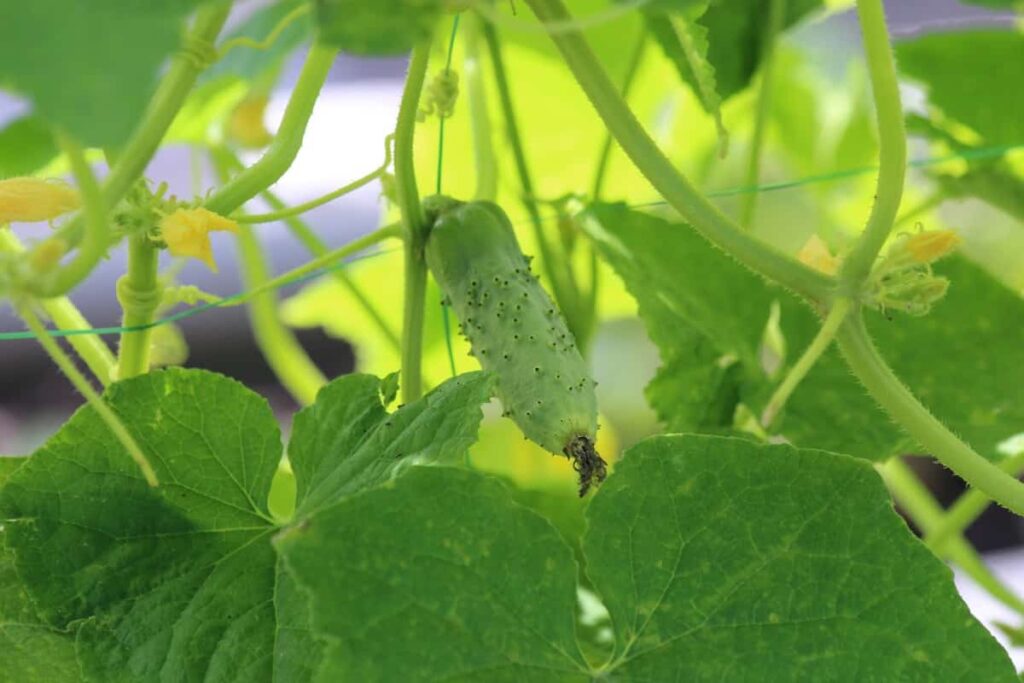
A vegetable planting schedule can help you have a more successful garden whether you reside on the arid southern plains or the humid northern cities. Below we learn the South Africa vegetable gardening calendar, month-by-month vegetable planting guide, seasonal vegetable planting guide/schedule for planting vegetables in South Africa, and vegetable planting chart for different regions of South Africa.
South Africa vegetable planting calendar
What vegetables can I plant in March in South Africa?
Plant root vegetables for winter stock, such as beets, spinach, Swiss chard, cabbage, leeks, onions, carrots, cauliflower, parsnips, celery, endives, and turnips. Basil, chives, dill, chicory, parsley, rocket, and sorrel are some leafy herbs you can grow. Plant flower seeds, such as asters, calendula, larkspurs, nemesias, pansies, linaria, lupins, nasturtiums, cornflowers, dianthus, foxgloves, poppies, stocks, snapdragons, violas.
What vegetables can I plant in January in South Africa?
For Gauteng, Free State, North West, Mpumalanga, and Limpopo
Maintain a neat appearance by trimming and shaping your evergreen hedges and topiaries. It’s best to keep them clean and cut down just a little. Plant tomato, celery, parsley, chili, basil, lettuce, brinjal seedlings, beetroot, sow beans, carrots, radishes, spinach, leeks, sweet corn, and Cape gooseberries. Mango trees, avocado trees, lemon trees, and granadilla vines all benefit from being fed.
Slow-releasing fertilizers should be used at this time of year, and specific nutrients should be applied to the soil for the plant’s roots, leaves, and future fruit production. Get rid of rotting fruit to prevent bugs from making a home. Plant some alyssum, dwarf marigolds, portulaca, and zinnias. By planting seedlings, introduce annual flowers such as Celosia, sages, petunias, impatiens, vincas, begonias, and marigolds. Do you have problems with aphids and scale? You should spray to kill these pests.
In case you missed it: Montana Vegetable Planting Calendar (MT): Month-wise Planting Chart, Schedule, and Guide for Zone 3, Zone 4, Zone 5, and Zone 6

For Western Cape, Northern Cape, Eastern Cape, and KwaZulu-Natal
Increasing sunlight penetration requires the removal of low-hanging tree branches. Reduce overgrown bushes, but let those bloom or bear fruit in the colder months alone. Remove or thin out Deciduous climbers such as wisterias, Boston ivy, and ornamental vines. To promote uniform leaf development, turn hanging baskets and houseplants periodically, so their leaves face the sun. Vigorously yank the spent flowering stems of Inca lilies out of the ground.
Snip long lavender stems, cluster them, and dry them upside down. Keep them in the linen closet. Liliums should have their spent blooms removed but their green stalks left intact so that the bulbs can store adequate nourishment for the next year. Stay on top of water and food till they die out. To get an early start on your winter harvest, put in extra scallions, marjoram, thyme, chives, oregano, sage, and coriander, and don’t forget to grow a crop of seed potatoes.
Can I plant tomatoes in January in South Africa?
Plant seedlings or sow seeds in the summer. Tomatoes may be sown in succession starting in January, resulting in a yield that lasts throughout the summer. The only hard part about planting tomatoes is deciding which varieties to plant. When picking tomatoes, growing habit is an additional factor to consider. Tomatoes have two growth patterns: determinate and indeterminate.
Indeterminate tomatoes are the ones that start fruiting later in the season but continue to produce fruit right up until the first frost. Thus, they require higher, more sturdy supports and stakes. Determinate tomato plants are bushier and reach their full height in less time than indeterminate ones. They also begin bearing fruit earlier in the season and finish producing fully ripe tomatoes in around two weeks.
This is a great plant for growing in small areas and pots. As long as they are maintained in a warm environment inside or in a hothouse, tomato seeds may be sowed 6-8 weeks before the final average frost date (in Gauteng, that is, the 27th of August). Before planting in beds or pots, harden them off for a week.
In case you missed it: Backyard Gardening Basics: Tips and Ideas What Every Gardener Should Know
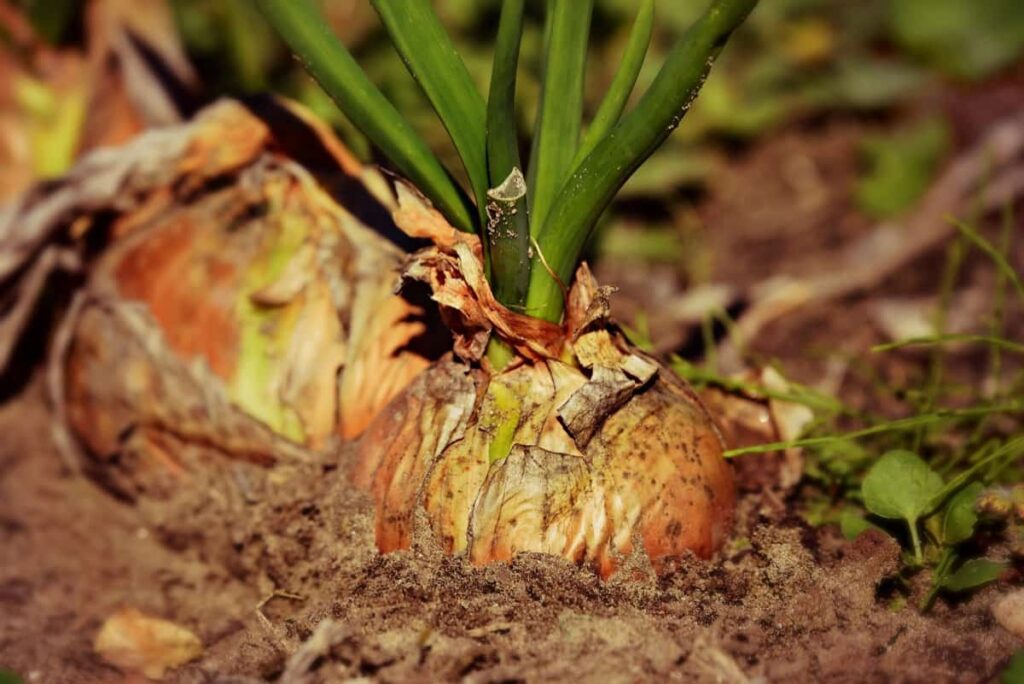
Which vegetables grow in winter in South Africa?
Onions are a good choice if you’re looking for a vegetable to grow throughout the winter in South Africa. There are several types of green onions. In the winter, “Scallions” do best. This green onion type is resistant to environmental stresses and relies heavily on the quality of the soil in which they are planted. One of the simplest winter crops to grow is garlic. Comparable qualities to the scallion onion may be found in this item.
Their typical prolonged duration of growth is only one example. For this reason, it takes the whole spring to grow if they are planted in late fall or early winter. In early July, you can pick the garlic. There are also many distinct types of garlic. Green peas are among the healthiest options your garden offers as a spring crop. Planting peas in the garden as fall draws close is a good idea if you want to get the nutritional benefits in early spring.
To maximize production, it is best to plant the rounder pea seeds. Spring onions mature quickly compared to other alliums in the onion family, such as garlic and green onions. Because of this, if the product is planted at the right time, the gardener can count on a quick harvest after the cold weather finally ends. Spinach grows quickly, which is one of its main benefits.
Consequently, you can reliably pick its nutritious leaves throughout the year. The answer is kale if you’re wondering what veggies are suitable for planting in South Africa throughout the summer. It’s fascinating to note that when the plant’s blossoms mature, it will cease to be a crop and instead become a seed. So if you want your perpetual spinach always to have healthy, new leaves, just keep cutting off the blooms.
Which vegetables can be planted in autumn in South Africa?
The most important plants to cultivate during the fall months of South Africa are leafy greens (such as lettuce, spinach, and Swiss chard), root crops (such as carrots, beets, and radishes), and the brassica big four (which include kale, cabbage, cauliflower, and broccoli).
When can I plant potatoes in South Africa?
Planting potatoes in South Africa can occur between August and early June of the following year if the location is frost-free. Limiting planting to the months of August through December or even early January in regions prone to frost is advisable. In the case of potatoes, planting can be done either manually or using a motorized planter. Seed potatoes or tubers should be planted at a depth of 1.5 centimeters.
In case you missed it: How to Design a Bamboo Garden: Ideas for Layout and Planting from Cuttings
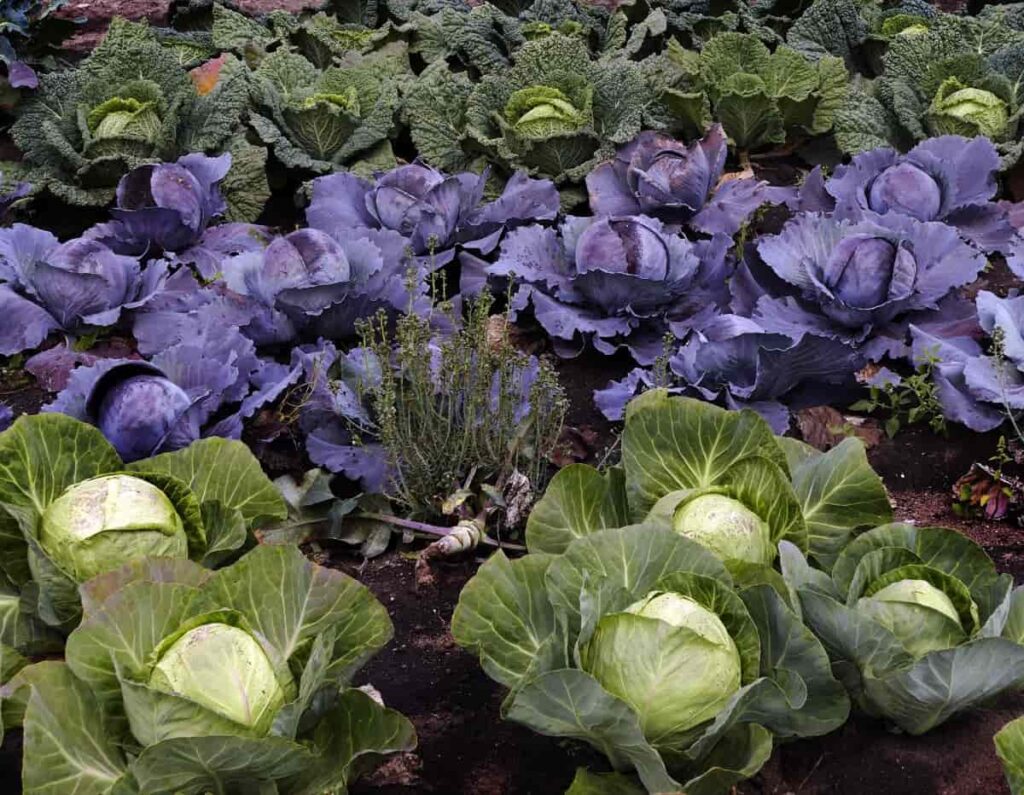
When the plants reach a height of 25 to 30 cm, they can be ridged to shield the stem from the sun and the subterranean tubers from pests. Ridging is mounding soil around immature potato plants to encourage tuber growth. This process can be carried out mechanically or manually. Seed potatoes or tubers are used in the cultivation process. Planting rows for potatoes should be 80–100 centimeters apart, and plants within each row should be placed 20–30 centimeters apart.
When planting, the soil should be moist but not wet. Ideally, you would water your plants twice a week, laying down 30 to 40 millimeters of water each time. This can increase to 60 mm per week over three irrigation cycles in hotter climates and sandy soils. When plants die just before harvest, it’s time to cut down on watering.
What can I plant in October in South Africa?
Every two weeks, keep sowing seedlings of radishes, carrots, beans, beets, spring onions, squashes, and baby marrows (zucchini). Plant seeds for broccoli, tomatoes, and basil in small pots or seed trays. Tomatoes, Swiss chard, brinjals, lettuce, and peppers should all be planted as seedlings. Apply Seagro as a foliar fertilizer to all plant life. Use a liquid fertilizer as a side dressing for heavy feeders like peppers, tomatoes, and brinjals, or sprinkle an organic fertilizer like Talborne Vita-Fruit & Flower (3:1:5) around the plant’s base and water it in.
Do not neglect citrus plants. Plant some basil in your garden this summer. It is offered in several flavor profiles and several distinct kinds of leaves. There is the sweet green basil, the purple ‘Opal,’ ‘Purple,’ and ‘Red’ basils, and the green Thai basil with red-purple blossoms and stems. The seeds of spring annuals, including calendulas, linaria, Virginian stocks, Shirley poppies, forget-me-nots, and native flowers like Namaqualand daisies, Ursinus, and the tall, purple Senecio, may be stored in envelopes or paper bags until planting time.
Put them in a cold, dark place with a label and a date on them, so you don’t forget when to plant them. You can keep native bulbs such as tritonias, ixias, babianas, sparaxis, freesias, daffodils, scilla, and alium in the ground as long as drainage is excellent and you continue to feed and water them until the foliage dies back in the fall.
Fuchsias will bloom in 6-8 weeks without pinching if you give them high-potash fertilizer every two weeks and a foliar feed with trace elements every several weeks. Get some impatiens, plectranthus, and coleus cuttings. Cut them below the lowest node and place them in water in a transparent glass container to root them.
In case you missed it: Missouri Vegetable Planting Calendar (MO): Month-wise Chart, Schedule, and Guide for Zone 5, Zone 6, and Zone 7
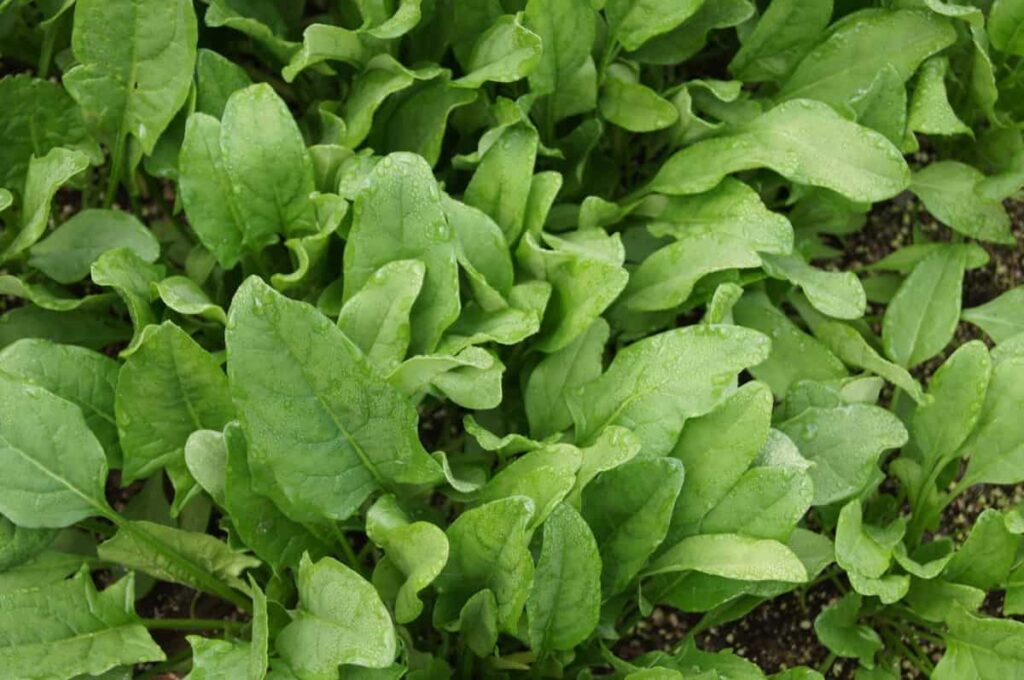
South Africa vegetable panting calendar/guide/schedule
| Vegetables | Eastern cape | Free state | Gauteng | Kwazulu Natal | Limpopo |
| Broad beans | Apr to May | Apr to May | Apr to May | Apr to May | Apr to May |
| Bush beans | Feb to Sep | Jan, Aug to Dec | Aug to Jan | Aug to Jan | Aug to Jan |
| Climbing beans | Feb to Aug | Aug to Dec | Aug to Dec | Aug to Jan | Aug to Dec |
| Beetroot | Feb to July | Jan to Apr, Aug to Dec | Jan to Apr, Aug to Dec | Aug to Apr | Aug to Apr |
| Broccoli | Feb to Mar | Jan to Feb, Dec | Jan to Feb, Dec | Dec to Feb | Dec to Feb |
| Brussel sprouts | Feb to Mar | Jan to Feb | Jan to Feb | Dec to Feb | Jan to Feb |
| Cabbage | Jan to Sep | Jan to Feb, Nov to Dec | Jan to Feb, Nov to Dec | Aug to Oct | Nov to Feb |
| Carrot | Feb to Aug | Aug to Nov | Aug to Nov | Aug to Apr | Aug to Nov |
| Cauliflower | Feb to Mar | Jan to Feb, Dec | Dec to Feb | Jan to Mar | Dec to Feb |
| Celery | Feb to Mar | Aug to Dec | Aug to Dec | Feb to Mar | Aug to Dec |
| Corn | July to Nov | Sep to Nov | Sep to Nov | Aug to Sep | Sep to Nov |
| Cucumber | Feb to Sep | Sep to Dec | Sep to Dec | Aug to Jan | Sep to Dec |
| Eggplants | Jan to Sep | – | – | Aug to Nov | – |
| Lettuce | Feb to Mar | Jan to Mar, Aug to Sep | Jan to Mar, Aug to Sep | Aug to Mar | Jan to Mar, Aug to Sep |
| Onions | Feb to Mar | Feb to Mar | Feb to Mar | Feb to Mar | Feb to Mar |
| Parsnips | Mar to May | Sep to Oct | Sep to Oct | Aug to Oct | Sep to Oct |
| Peas | Mar to June | July to Sep | July to Sep | Apr to June | July to Sep |
| Peppers | Jan to Apr | Aug to Oct | Aug to Oct | Sep to Oct | Aug to Oct |
| Potatoes | Apr to June | July to Oct | July to Oct | Jan to Feb, Sep to Dec | July to Oct |
| Pumpkins | Feb to aug | Sep to Nov | Sep to Nov | Aug to Dec | Sep to Nov |
| Radish | Feb to Sep | Feb to Apr,Aug to Nov | Feb to Mar, Aug to Nov | July to Oct | Feb to Apr, Aug to Nov |
| Spinach | Feb to June | Jan to Apr, Aug to Dec | Jan to Apr,Aug to Dec | Jan to Apr, Aug to Dec | Jan to Apr, Aug to Dec |
| Swiss chard | Feb to June | Jan to Apr Aug to Dec | Jan to Apr, Aug to Dec | Jan to Apr, Aug to Dec | Jan to Apr, Aug to Dec |
| Tomato | Feb to June | Aug to Nov | Aug to Nov | Aug to Dec | Aug to Nov |
In case you missed it: How to Grow Curry Leaf Plants Faster: Best Tips to Increase Yield
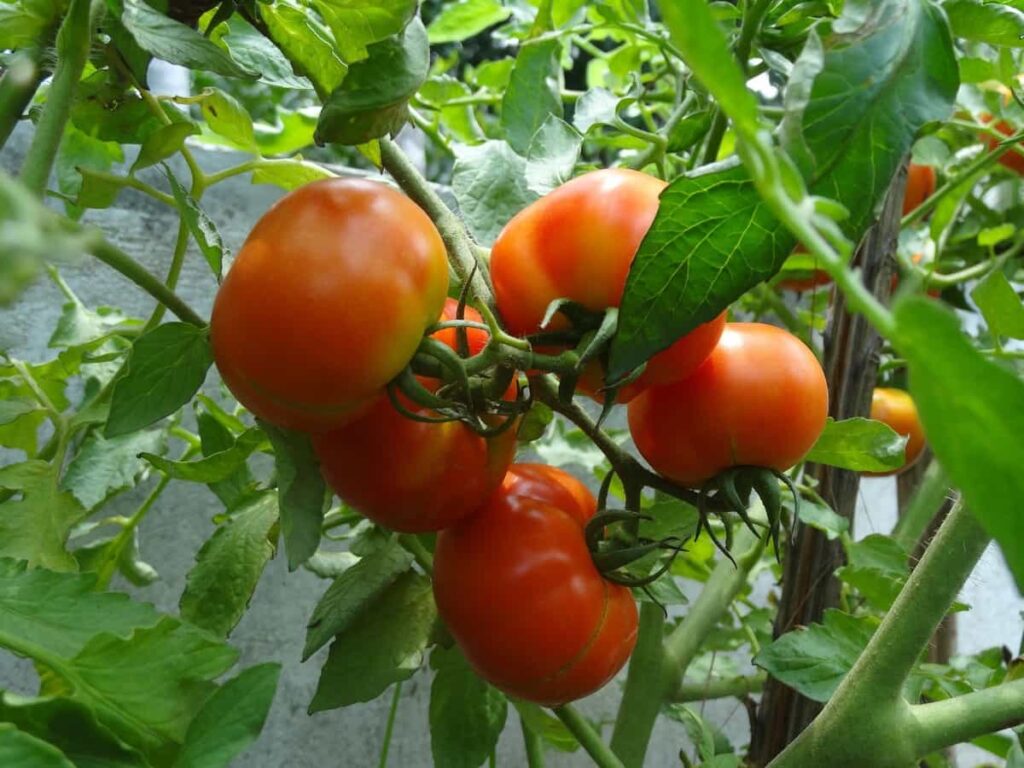
| Vegetables | Mpumalanga | Northwest | Northern cape | Western cape |
| Broad beans | Apr to May | Apr to May | Aug to Jan | Apr to June |
| Bush beans | Aug to Jan | Aug to Jan | Apr to May | Oct to Feb |
| Climbing beans | Aug to Dec | Aug to Dec | Sep to Dec | Sep to Jan |
| Beetroot | Aug to Apr | Aug to Apr | July to Feb | July to Nov |
| Broccoli | Dec to Feb | Dec to Feb | Dec to Jan | Dec to Jan |
| Brussel sprouts | Jan to Feb | Jan to Feb | Jan to Feb | Jan to Feb |
| Cabbage | Nov to Feb | Nov to Feb | Sep to Mar | Nov to Apr |
| Carrot | Aug to Nov | Aug to Nov | Jan to Apr, Aug to Dec | Jan to Apr |
| Cauliflower | Dec to Feb | Dec to Feb | Jan to Mar, Nov to Dec | Dec to Jan |
| Celery | Aug to Dec | Aug to Dec | Sep to Oct | Feb to Oct |
| Corn | Sep to Nov | Sep to Nov | Aug to Dec | Aug to Dec |
| Cucumber | Sep to Dec | Sep to Dec | Jan to Feb, Aug to Dec | Sep to Nov |
| Eggplants | – | – | Aug to Oct | Aug to Oct |
| Lettuce | Jan to Mar, Aug to Sep | Jan to Mar, Aug to Sep | Jan to Apr | Sep to Dec |
| Onions | Feb to Mar | Feb to Mar | Mar to June, Sep to Oct | Apr to May |
| Parsnips | Sep to Oct | Sep to Oct | Jan to Feb, Aug to Dec | Mar to Nov |
| Peas | July to Sep | July to Sep | June to Aug | Apr to Aug |
| Peppers | Aug to Oct | Aug to Oct | Aug to Oct | Aug to Oct |
| Potatoes | July to Oct | July to Oct | Dec to Mar | Jan to Sep |
| Pumpkins | Sep to Nov | Sep to Nov | Sep to Nov | Sep to Nov |
| Radish | Feb to Apr, Aug to Nov | Feb to Apr, Aug to Nov | Aug to Apr | Mar to Oct |
| Spinach | Jan to Apr, Aug to Dec | Jan to Apr, Aug to Dec | Aug to Jan | Mar to May |
| Swiss chard | Jan to Apr, Aug to Dec | Jan to Apr, Aug to Dec | Aug to Jan | Mar to May |
| Tomato | Aug to Nov | Aug to Nov | Aug to Nov | July to Oct |
Conclusion
We recommend keeping a diary or sow chart to record your observations as your plants develop. You can learn more about vegetable gardening via attentive observation and record-keeping than any expert, at least over time. It will accurately represent your knowledge of what has proven successful in your garden’s specific environment.
- Crops Grown in Summer Season: Best Choices for Summer Gardening
- Organic Pest Control for Tomato Farming
- How to Maximize Sheep Farming Profit
- Broccoli Varieties: Choosing the Right Cultivars for Your Farm
- How to Raise Pigs in Your Own Backyard: A Comprehensive Guide
- Budget Friendly Sheep Shed Ideas: Cheap and Low-Cost Tips
- How Much Do Cattle Farmers Make: Revenue Streams in Cattle Farming
- Management Pests and Diseases in Your Cotton Field
- Sheep Farming Business Plan for Beginners
- Aquaponic Farming at Home: A Step-By-Step Guide
- Profitable Village Farming Business Ideas in 2024
- High-Yield Aquaculture: Fast-Growing Fish for Farming
- Effective Fish Pond Construction Techniques for Beginners
- Irrigation and Water Management in Pineapple Farming
- Blossom to Harvest: Mastering Flowering and Pollination in Papaya Farming
- Pig Fattening Essentials: From Selection to Sale for Beginners
- Raising Wagyu Cattle: A Complete Guide for Premium Beef Production
- Soil Types and Their Water Holding Capacity
- Optimizing Irrigation Schedules for Coconut Groves for Enhanced Yield
- Espresso Your Garden: Coffee Grounds for Healthier Acid-Loving Plants
- The Best Soil Mix for Snake Plants: How to Mix Your Own Snake Plant Soil
- Green Thumb Success: Expert Tips for Cultivating Greenhouse Beans All Year Round
- Bloom All Year Round: The Ultimate Guide to Indoor Hyacinth Care
- Eco-Friendly Gardening: How to Make Liquid Fertilizer from Kitchen Waste
- Ultimate Guide to Grow Anise in Pots: Explore Seed Propagation to Harvesting
- Guide to Raising Chester White Pigs: Discover Breed Facts to Growth Management
- Mastering the Elegance: The Ultimate Guide to Weeping Cherry Tree Care, Planting, and Maintenance
- Ultimate Guide to Planting Garlic in Grow Bags: Growing Strategies for Beginners
- How to Fix Spider Plant Leaf-Related Problems: Natural and Organic Remedies
- 10 Reasons Why Your Tulsi Plant is Shedding Leaves: Home Remedies and Solutions
- Optimizing Growth and Yield: The Advantages of Palm Bunch Ash Fertilizer
- Utilizing Neem Oil Extract as a Natural Pesticide for Hydrangea
- From Soil to Harvest: Various Ways in Which Farmers Can Use AI Tools
- Steps to Encourage and Induce Citrus Flowers: A Comprehensive Guide
- How to Fix Snake Plant Leaf-Related Issues: Natural and Organic Remedies
- Transform Your Garden into a Fragrant Oasis with Raat Ki Rani (Night Blooming Jasmine)
